There is something mysterious about how the past keeps recurring in the present and consequently locates itself in the future.
The three distinct time periods are too connected to be separately detached. In most cases, the same things happen but in a different way. Evolution! Everything that happened then evolved into what is happening now. From buildings to automobiles to fashion, the list is endless, really.
In this maiden edition of Blast from the past, I decided to take a look at a segment of fashion which portrays how our native attires was worn then and now.
Funnily, you needed to take a look at me back then in the early nineties and a decade after in my native wear. You would think there was an hallowen carnival taking place. The ‘buba’- way too big that I could hardly carry myself; the cap (fila) could actually be mistaken for a sack and the ‘sokoto’ was sewn in such a way that I could wear it for twenty years, never mind forever.
Most times, I looked like a professional clown. All these and more made me resolve native attires wasn’t the way to go fashion-wise. Fast forward years later and I am the biggest fan of native attire. Especially the ‘Ankara fabric’. So what changed? Evolution. Again.
With several tailors (I’d like to use a much more ‘tush’ word- fashion designers) emerging, creativity hasn’t been this much in our attire design. With several modifications and innovations to how our native wears are being designed, our native fashion brand has been more aesthetically appealing and equally pleasing. Be it traditional wedding, white wedding, ceremonies, religious gathering etc, etc, you see our native fabric being displayed with pride. That part fills me with pride.
Here are some the various attires from our diverse tribe in the past.

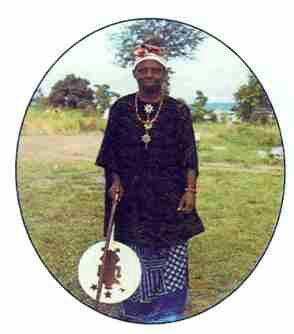
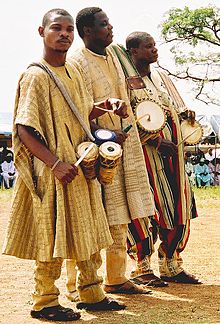
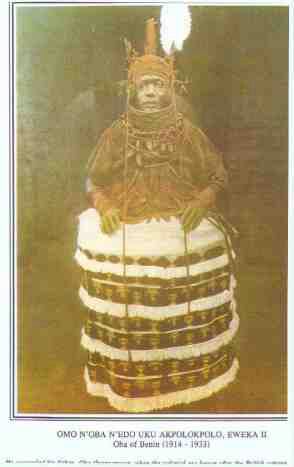
Hot or not? You tell me. I want you to just, for a moment, imagine yourself in those attires (one after the other). ‘God forbid!’, I hear someone say. Well, those were the fashion materials being rocked back then.
As you would observe, things have changed. But how much change has our native attire witnessed? Let’s check out the stupendous picture of our attires in recent times.
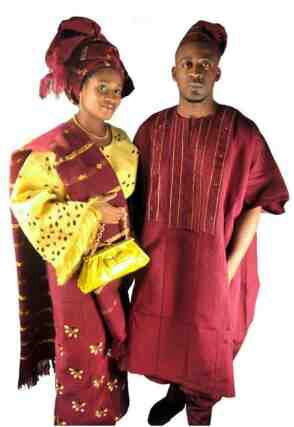

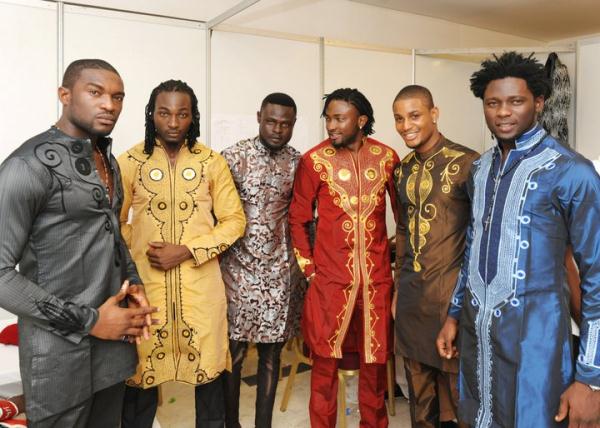
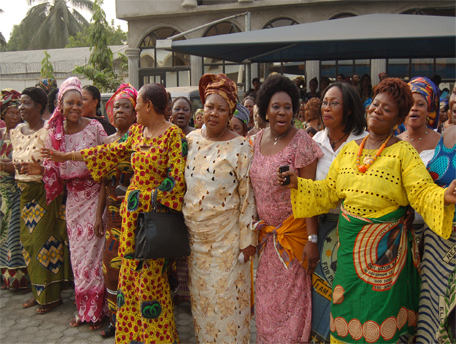
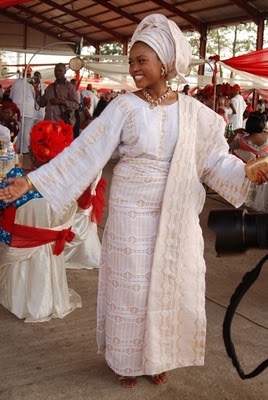 Well, tell you what, these attires are breath-taking; and made in Nigeria I must add. Whether it’s Danshiki, Ankara, Guinea (patiently waiting Burkina faso as well), lace, Aso oke (most prestigious clothing in the Yoruba tribe), Da viva, jacquard, akwete, brocade, babaringa, Isi agu, among others, they all come in multiple patterns, designs and colours.
Well, tell you what, these attires are breath-taking; and made in Nigeria I must add. Whether it’s Danshiki, Ankara, Guinea (patiently waiting Burkina faso as well), lace, Aso oke (most prestigious clothing in the Yoruba tribe), Da viva, jacquard, akwete, brocade, babaringa, Isi agu, among others, they all come in multiple patterns, designs and colours.
With the clothing materials coming from processed cotton by traditional weavers, the creative manipulation that can be derived from these wonderful blessings is limitless. These attires, as you must have noticed, have become a national symbol somewhat. As a matter of fact, one can easily identify someone’s tribe by their native wear in most cases. In other words, by their clothing, you shall know them!
We can do no wrong by being proud of an important element of our culture.
With time, other countries will come to value what we are valuing now.
Those days of despising native wears are gone, for me. Now looking towards a native filled wardrobe- which certainly is a new dawn, for me.
So, folks, how do prefer your native wears- from the past or from the now?
Please share your views.
– by Kalejaye Abayomi
=”left”>
